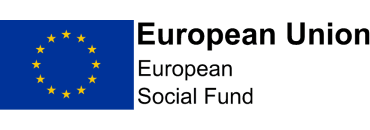1) Active case finding among homeless people as a means of reducing the incidence of pulmonary tuberculosis in general population. 2) Role of cell competition in acquired chemotherapy resistance.
- Speaker(s)
- 1) Mariusz Bodzioch (doktorant UWM, stażysta KNOW-a, 2) Piotr Bajger (doktorant MISDoMP) i Mariusz Bodzioch
- Date
- March 9, 2016, 2:15 p.m.
- Room
- room 4050
- Seminar
- Seminar of Biomathematics and Game Theory Group
1) The incidence of tuberculosis (TB) declined more than two-fold, compared with the national average, in the northeastern region of Poland in the period of 2003–2012. During that time, four programs of active case finding of TB were conducted. The objective of the study was to find out whether the observed beneficial epidemiological trend could be a result of those programs. We addressed the issue of how the active case finding programs in the homeless community affected the TB incidence in the general population using a modified criss-cross SIS-type model which describes the dynamics of TB spread between the homeless and non-homeless populations. It is known that the community of homeless people is a natural reservoir of TB. Simulations show that effective preventive measures in this group considerably decreased the incidence of TB in the general population. Simulations also demonstrate that continued conduction of periodic active case finding programs in this group may further reduce the incidence of TB in the general population.
2) Acquired drug resistance poses a major obstacle in a design of effective chemotherapy protocols. A cytotoxic agent imposes a powerful force of selection on the tumour cells. As a result, an initially insignificant drug-resistant subpopulation may become dominant in the course of treatment. In this work, a mathematical model for tumour and vasculature growth proposed by Hahnfeldt et al. in 1999 is extended to account for this phenomenon. The malignant cell population is subdivided into n compartments with varying drug resistance. By means of numerical simulations, it is shown that acquired drug resistance may be explained solely on the basis of cell competition. The special case n=2 is investigated analytically in greater detail. As the current status is "work in progress", possible directions for further research are proposed.
 You are not logged in |
You are not logged in |



















